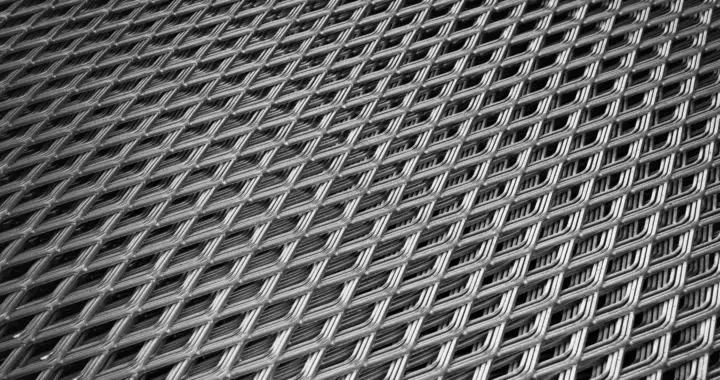Feb . 03, 2025 05:15
Back to list
Round hole perforated mesh
Perforated metal sheet architecture is revolutionizing modern design, blending aesthetics with functionality, and offering unprecedented opportunities for innovative structures. This unique element is not merely a design trend but a tangible solution seen across various industries, where its applications continue to expand due to its vast benefits. By examining real-world experiences, we uncover how perforated metal sheets are shaping architectural landscapes.
Experience from various projects shows that successful application of perforated metal sheets depends significantly on the precision of their implementation. Specialists emphasize the importance of collaborating with skilled manufacturers and installers to ensure the intricate details of cut and pattern align perfectly with the project’s requirements. Crafting bespoke designs can significantly enhance a building’s facade, marking it as a landmark. In terms of design innovation, the CNC cutting technology has pushed the boundaries of what’s possible with perforated metal sheets. The precision offered by CNC machines allows designers to execute complex patterns that were once deemed impossible, thus expanding creative horizons further. Sustainability experts note the recyclability of metal sheets as a huge draw for eco-conscious developers. The life-cycle of these materials supports green building certifications, and their durability ensures longevity, reducing the need for frequent replacements, underlining their long-term economic advantages. Trust in perforated metal sheet solutions is bolstered by case studies demonstrating reduced maintenance costs and improved occupant satisfaction, building their credibility as a reliable choice for modern architecture. With ongoing innovations, manufacturers continue to develop enhanced coatings that promise extended durability, increased resistance to weather, and further customization in finishes. In melding art with engineering, perforated metal sheets are more than a passing trend; they are a vital element in contemporary architectural practice. Their multifaceted benefits, from aesthetic enhancement and thermal management to acoustic performance and sustainability, make them indispensable. As architects globally continue to explore and experiment with these materials, the scope of possibilities is ever-expanding, promising a future where architecture seamlessly integrates with its environment while standing as a testament to human ingenuity.


Experience from various projects shows that successful application of perforated metal sheets depends significantly on the precision of their implementation. Specialists emphasize the importance of collaborating with skilled manufacturers and installers to ensure the intricate details of cut and pattern align perfectly with the project’s requirements. Crafting bespoke designs can significantly enhance a building’s facade, marking it as a landmark. In terms of design innovation, the CNC cutting technology has pushed the boundaries of what’s possible with perforated metal sheets. The precision offered by CNC machines allows designers to execute complex patterns that were once deemed impossible, thus expanding creative horizons further. Sustainability experts note the recyclability of metal sheets as a huge draw for eco-conscious developers. The life-cycle of these materials supports green building certifications, and their durability ensures longevity, reducing the need for frequent replacements, underlining their long-term economic advantages. Trust in perforated metal sheet solutions is bolstered by case studies demonstrating reduced maintenance costs and improved occupant satisfaction, building their credibility as a reliable choice for modern architecture. With ongoing innovations, manufacturers continue to develop enhanced coatings that promise extended durability, increased resistance to weather, and further customization in finishes. In melding art with engineering, perforated metal sheets are more than a passing trend; they are a vital element in contemporary architectural practice. Their multifaceted benefits, from aesthetic enhancement and thermal management to acoustic performance and sustainability, make them indispensable. As architects globally continue to explore and experiment with these materials, the scope of possibilities is ever-expanding, promising a future where architecture seamlessly integrates with its environment while standing as a testament to human ingenuity.
Latest news
-
Why Galvanized Trench Cover Steel Grating Resists Corrosion
NewsJul.10,2025
-
The Versatility and Strength of Stainless Expanded Metal Mesh
NewsJul.10,2025
-
Load Calculations in Steel Grating Platforms
NewsJul.10,2025
-
Keeping Pets and Kids Safe with Chicken Wire Deck Railing
NewsJul.10,2025
-
Hole Diameter and Pitch for Round Perforated Metal Sheets
NewsJul.10,2025
-
Aluminium Diamond Mesh in Modern Architecture
NewsJul.10,2025
Subscribe now!
Stay up to date with the latest on Fry Steeland industry news.
Email addressSIGN UP

